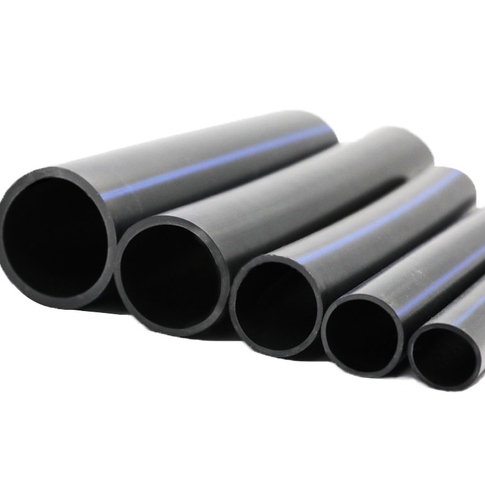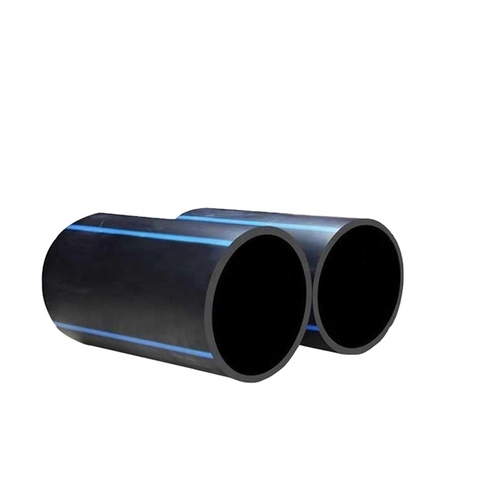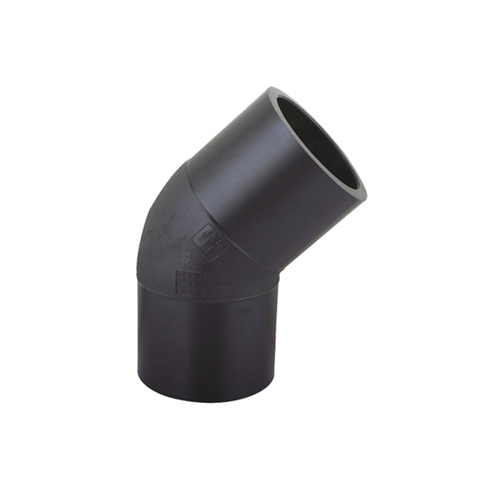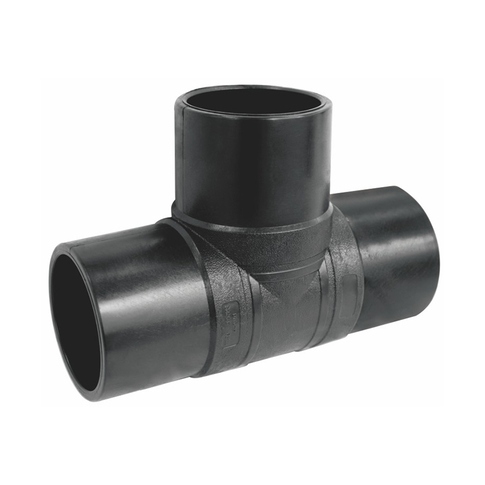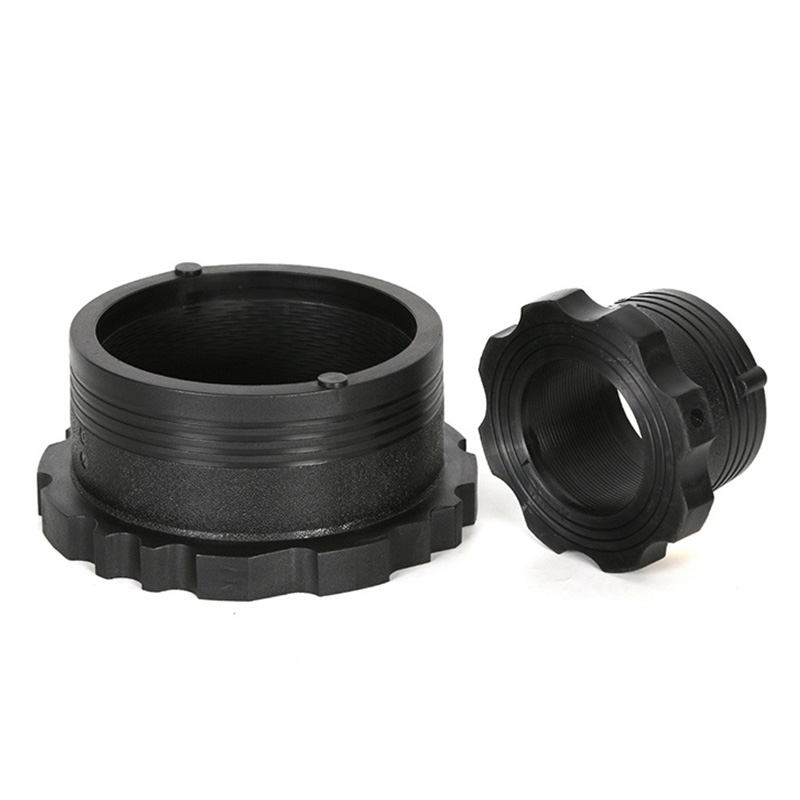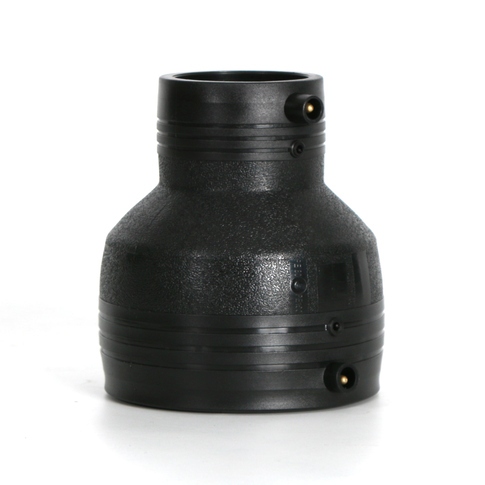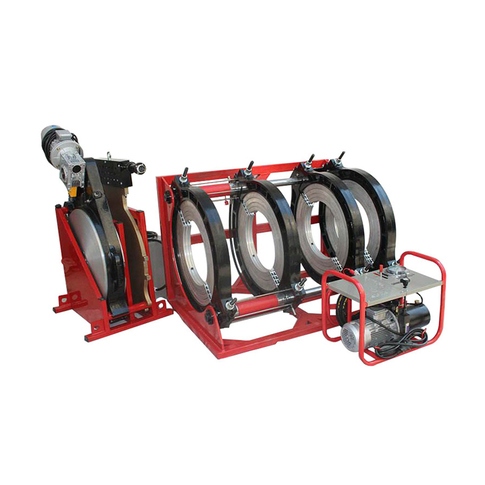04
Jul
HDPE Pipe Most Commonly Joining 4 Method
HDPE (High-Density Polyethylene) pipes are widely used in various industries due to their Wear-resistant, corrosion-resistant, high toughness, crack-resistant and flexibility. These pipes are commonly used for water supply, fire fighting, drainage, dredge, irrigation, electrical cover, gas distribution, and other applications. One of the key aspects of utilizing HDPE pipes is joining them together to create a seamless and efficient pipeline system.
In this article, we will discuss HDPE Pipe Most Commonly Joining 4 Method: Butt Fusion, ElectroFusion, Socket Fusion, and Flange.
1. Butt Fusion
Butt Fusion is the most popular and widely used method for joining HDPE pipes. The two ends of the HDPE pipes are heated by using a butt welding machine to heat them to a certain temperature, which are then pressed together to form a permanent, leak-proof joint. This process requires HDPE Butt Fusion Machine. The machine heats the pipe ends using a heating plate, and once the desired temperature is reached, the pipes are fused together by applying pressure.
Butt Fusion is ideal for large diameter pipes and high-pressure applications. It provides a strong, reliable, and homogeneous joint.
2. Electro Fusion
ElectroFusion Jointed is quite different from the other fusion joining methods. Involves the use of specially designed fittings with built-in heating elements,incorporating an electrical heating coil which melts the plastic of both the fitting and the pipe. In the electrofusion welding process, welding is done with heating resistors inside the fusion fitting. Once the pipes are placed in the EF fittings, the ends of the welding machine are connected to the resistors of the EF fitting and heating them.
ElectroFusion offers several advantages, including ease of installation, precise control over joint integrity, and the ability to join pipes of different sizes. It is commonly used for smaller diameter pipes and is particularly useful in areas with limited space for butt fusion machines.
3. Socket Fusion
Socket Fusion is a simple and efficient method for joining smaller diameter HDPE pipes. It should used socket fusion tool, which heats the pipe and fitting simultaneously. Once the desired temperature is reached, inserting the pipe end into the socket, and holding it in place until the joint cools, creating a strong and reliable joint. This method usually refers to joining pipe to fitting instead of pipe to pipe.
Socket Fusion is commonly used in plumbing applications, as well as in industries such as geothermal, irrigation, and wastewater. It offers quick and easy installation, requires minimal equipment, and ensures leak-proof connections.
4. Flange
Flange joints are commonly used in HDPE pipe systems that require frequent disassembly and reassembly. A flange joint consists of two HDPE pipe ends connected using a flange adaptor and bolts. The flange adaptor is fused to the pipe ends, and the bolts are tightened to create a secure connection. Flange joints offer the advantage of easy maintenance and repair, as the pipes can be easily disconnected and reconnected when needed. They are commonly used in industries such as water treatment, mining, and chemical processing.
In conclusion, HDPE pipes can be joined using various methods, depending on the specific environment, application and requirements. Butt Fusion, ElectroFusion, Socket Fusion, and Flange are the four most commonly used methods. Butt Fusion provides a strong and homogeneous joint, while ElectroFusion offers precise control and ease of installation. Socket Fusion is ideal for smaller diameter pipes and ensures leak-proof connections. Flange joints are suitable for applications that require frequent disassembly and reassembly. Understanding these joining methods can help ensure the successful installation and long-term performance of HDPE pipe systems.
Puhui can provide HDPE Butt Fusion Machine, ElectroFusion Machine, and Flange of various materials (carbon steel, ductile iron, PP, HDPE) for the connection of HDPE pipe fittings. If you have other questions, please contact us~

